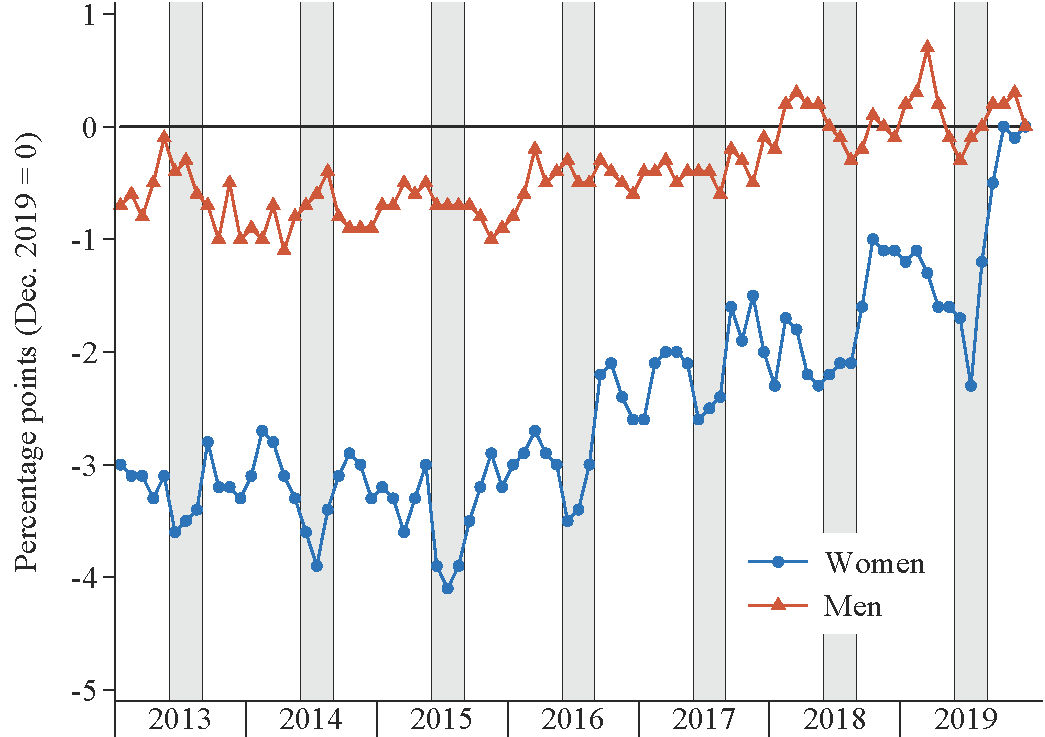Money Issues Links
 Brief Remarks on the Economy and Monetary Policy Governor Michelle W. Bowman At the 2023 CEO and Senior Management Summit and Annual Meeting, sponsored by the Kansas Bankers Association, Colorado Springs, Colorado
Brief Remarks on the Economy and Monetary Policy Governor Michelle W. Bowman At the 2023 CEO and Senior Management Summit and Annual Meeting, sponsored by the Kansas Bankers Association, Colorado Springs, Colorado
"... the economy and the labor market have remained strong as the FOMC has tightened monetary policy. Real gross domestic product grew slightly more than 2 percent at an annual rate in the first half of the year, well above many forecasters' expectations. Consumer spending has been robust, and the housing sector appears to be rebounding with accelerating growth in house prices and a pickup in new housing starts. The most recent employment report showed a strong labor market with low unemployment and solid job gains. The pace of job gains has slowed, which is a sign that labor market demand and supply are coming into better balance. But the demand for workers continues to exceed the supply of available job seekers, adding upward pressure on prices." more »
 IRS Newswire: Bookmark and Share, News Releases IRS: IRS, Security Summit Partners Warn Taxpayers of New Scam
IRS Newswire: Bookmark and Share, News Releases IRS: IRS, Security Summit Partners Warn Taxpayers of New Scam
IR-2023-123, July 3, 2023 WASHINGTON ― The Internal Revenue Service warned taxpayers today to be on the lookout for a new scam mailing that tries to mislead people into believing they are owed a refund. The new scheme involves a mailing coming in a cardboard envelope from a delivery service. The enclosed letter includes the IRS masthead and wording that the notice is“in relation to your unclaimed refund.”
Like many scams, the letter includes contact information and a phone number that do not belong to the IRS. But it also seeks a variety of sensitive personal information from taxpayers – including detailed pictures of driver’s licenses – that can be used to by identity thieves to try obtaining a tax refund and other sensitive financial information.
8:09 AM (1 hour ago)
Reply
to me
IRS Newswire
July 03, 2023
News Essentials… more »
 IRS: Going Green Could Help Taxpayers Qualify for Expanded Home Energy Tax Credits
IRS: Going Green Could Help Taxpayers Qualify for Expanded Home Energy Tax Credits
What taxpayers need to know: Taxpayers can claim the Energy Efficient Home Improvement Credit and the Residential Clean Energy Credit for the year the qualifying expenditures are made. Homeowners who improve their primary residence will find the most opportunities to claim a credit for qualifying expenses. Renters may also be able to claim credits, as well as owners of second homes used as residences. Landlords cannot claim this credit. IRS encourages taxpayers to review all requirements and qualifications at IRS.gov/HomeEnergy for energy efficient equipment prior to purchasing. Additional information is also available on energy.gov, which compares the credit amounts for tax year 2022 and tax year 2023. When it is time to file a tax return, taxpayers can use Form 5695, Residential Energy Credits, to claim the credit. more »
 Federal Reserve Notes: Gender Gaps in the Labor Market Widen Every Summer Contributing to Gender Disparities in Promotions and Pay
Federal Reserve Notes: Gender Gaps in the Labor Market Widen Every Summer Contributing to Gender Disparities in Promotions and Pay
"Gender gaps in labor market activity are pervasive, longstanding, and a regular subject of policy debates. Relative to men, women tend to work fewer hours per week, more conventional hours, and fewer years over the course of their lives. These differences in the intensity and timing of work contribute to gender disparities in promotions and pay. But despite decades of research on this topic, little attention has been paid to the timing of work throughout the year. To motivate our inquiry, Figure 1 plots the monthly labor force participation rates of prime-age US women and men using non–seasonally adjusted data, with June, July, and August shaded gray. Summer after summer, women's labor force participation drops sharply while men's participation does not." more »






